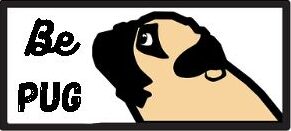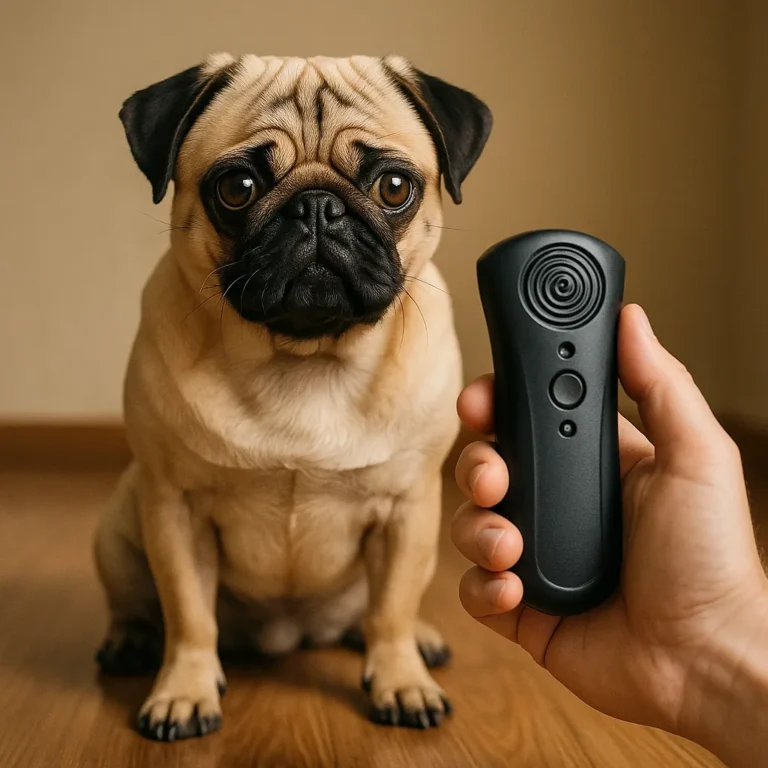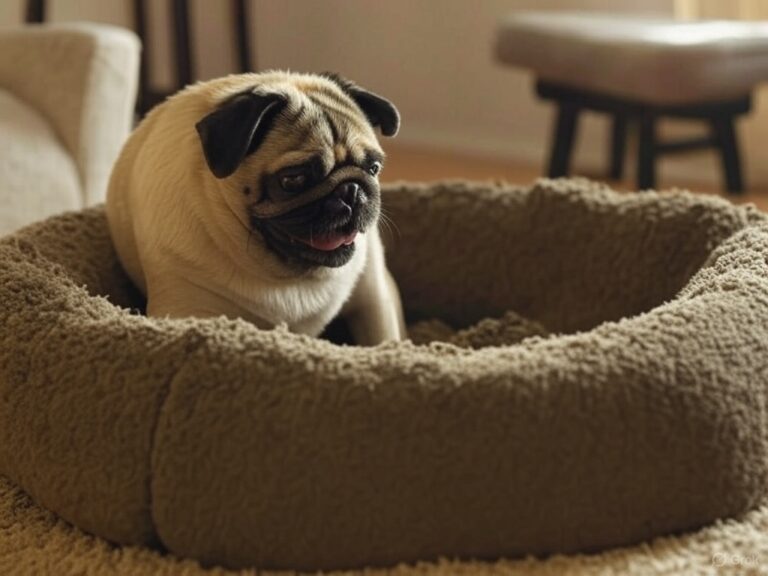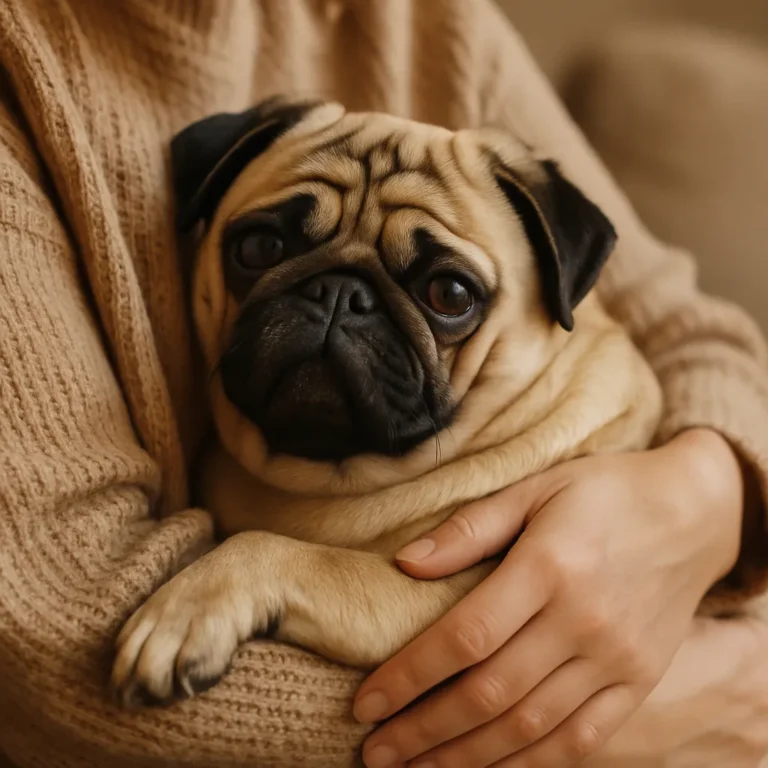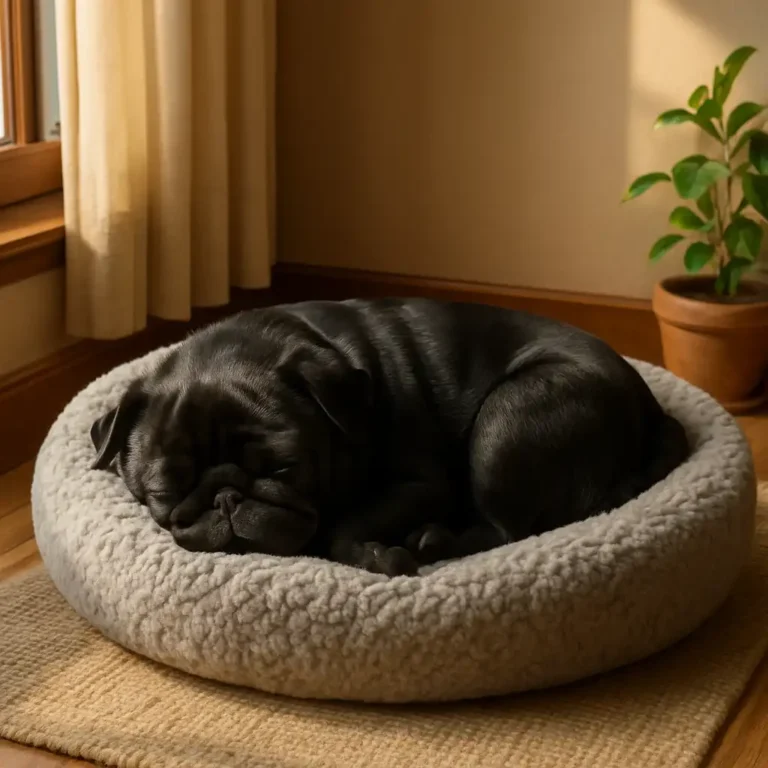How to Potty Train a Puppy on a Pad: A Pug Owner’s Guide

Disclosure: This post contains affiliate links. As an Amazon Associate, I earn from qualifying purchases—at no extra cost to you.
Training a pug puppy to use a potty pad can be a game-changer, especially for owners living in apartments or dealing with extreme weather. Pugs, with their stubborn yet affectionate nature, respond best to consistent routines and positive reinforcement. Teaching them to use a pad properly not only prevents accidents but also builds their confidence as they grow.
Why Choose Pad Training for Your Pug
Pugs are small, sensitive dogs that may struggle with outdoor potty trips during harsh weather. Potty pads offer a safe, clean, and reliable indoor option. This approach is particularly helpful for young puppies who need frequent bathroom breaks and for pug owners who might not have immediate outdoor access.
Steps to Potty Train a Pug Puppy on a Pad
Set Up the Perfect Spot
Choose a quiet and easily accessible area for the potty pad. Make sure the spot is away from your pug’s food and sleeping areas to encourage good habits. Consistency in location helps your puppy associate that specific area with potty time.
Introduce the Pad
Allow your pug puppy to sniff and explore the pad before expecting them to use it. Encouragement and gentle guidance are key. Praise any interest they show in the pad to build positive associations.
Stick to a Routine
Take your pug to the pad frequently, especially after meals, naps, and playtime. Young puppies often need to relieve themselves every one to two hours. The more opportunities you give, the faster they will connect the pad with potty time.
Use Positive Reinforcement
When your pug successfully uses the pad, immediately offer enthusiastic praise and a small treat. Positive reinforcement strengthens the behavior and makes them more likely to repeat it.
Watch for Signs
Puppies often show signs like sniffing, circling, or whining when they need to go. Pay close attention to these cues and guide your pug to the pad quickly. Early intervention helps prevent accidents and reinforces good habits.
Handle Mistakes Calmly
Accidents will happen, especially in the early stages. Clean up accidents thoroughly to remove any lingering scent and avoid scolding. Instead, focus on reinforcing successful trips to the pad with praise and treats.
Tips for Long-Term Success
As your pug grows and gains better control, continue reinforcing pad use. Gradually move the pad closer to the door if you plan to transition your pug to outdoor pottying in the future. Patience and consistency are crucial at every stage.
Conclusion
Potty training a pug puppy on a pad is all about patience, consistency, and positivity. With the right approach, your pug will learn quickly and confidently. By setting them up for success early on, you’re building a foundation for a lifetime of good habits and a happy, stress-free home.
